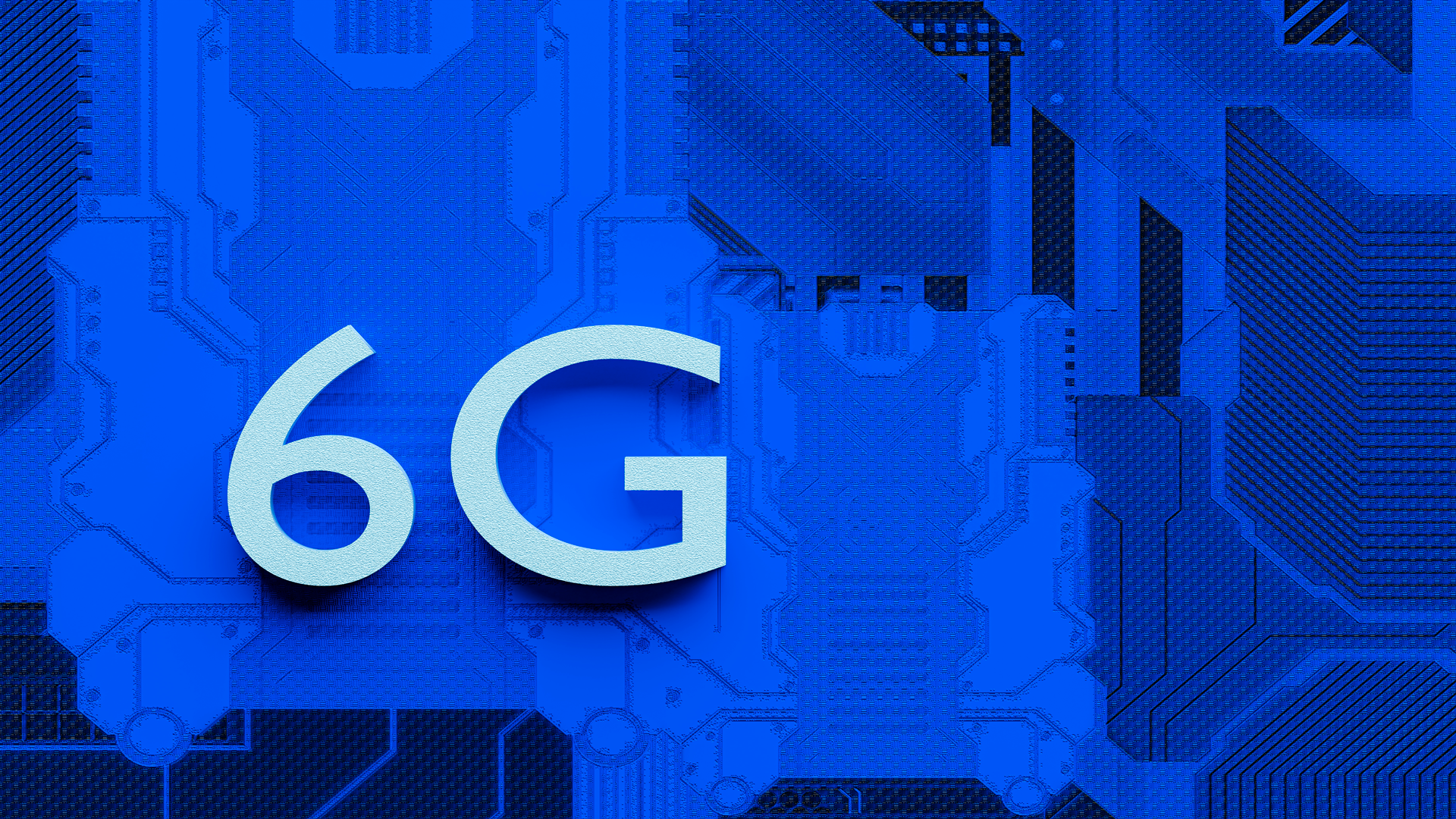
19 May The beginning of 6G: how companies are preparing
After a long process of deployment and technical adaptations, 5G technology is closer to becoming the standard in wireless communications than ever before. Despite the fact that the final phases haven’t even 100% crystallised – both in terms of infrastructure and adoption by users – people are already starting to talk about the next generation: 6G. But why?
The process of digitalisation, as a concept, differs from others for two main reasons. On the one hand, it moves faster than others, and does so almost exponentially. Developments in the world of AI are a clear example. On the other hand, digitalisation doesn’t just end when it reaches a certain goal, nor does it advance within closed ecosystems.
The technological advances of any given moment serve as the basis for the next innovation, a perpetual shifting of the sands where the steps ahead and new proposals act as vessels communicating with one another. And something similar is happening with 6G. Countries with high levels of technological development, like China, want to implement 6G by the end of the decade. South Korea also wants to carry out the first pilot tests by 2026.
What is 6G? Is it very different from 5G?
Not really. 6G is just an evolution of the previous technology, like 5G was the natural progression from 4G, and so on. As has been the case with all generations of wireless technology, and since GSM technology existed, the main objectives are to increase transmission speeds and reduce latency as much as possible.
At least in theory, and according to Korean specialists – who are the pioneers of 6G and hope to implement it earlier than anyone else –, transmission speeds could be five times faster than the very best 5G. According to a report by the Korean brand Samsung, download and upload speeds of 1,000 Gbps could be reached. This would be more than enough to support the highest-definition multimedia content, both now and in the future. Holographic representations will be closer to becoming a reality.
It would also represent a way of taking advantage of virtual reality and augmented reality content, even in an early stage of development. 6G latency levels could be reduced by up to ten times that of its predecessor, meaning near real-time streaming could be a possibility. This wouldn’t just be important for the virtual entertainment industry, but for fields where reaction speeds are essential, such as smart driving, or practical applications in remote medicine, robotic surgery, etc.
Intermediate steps before 6G
The radio space required for 6G to become operational and functional has not yet been allocated. It will require an ultra-broadband spectrum, going from hundreds of MHz to tens of GHz. That being said, why are we already talking about 6G? How are companies reacting?
This technology won’t come about suddenly. As with 5G, it will require progressive and gradual adoption. Most experts prefer to focus on the intermediate steps between the technologies, halfway between 5G and 6G: perhaps 5.5G. That’s how Huawei is looking at it. At Mobile World Congress in Barcelona, Miguel Barroso, an expert in 5G solutions architecture at Huawei, explained it like this.
“With 5.5G, we’re trying to multiply the bandwidth target we had with 5G by a factor of 10 to reach 10 gigs. That will enable other types of content and much more powerful solutions. Another target is to reduce the network’s energy consumption by a factor of 10”.
Though it seemed like an endless path at times, 5G has finally reached a moment of strong enough maturity for widespread adoption by users and businesses alike. Everything seems to indicate that, similarly, we’ll also be able to enjoy 6G just a few years from now.

